Deck & Commander Strategies
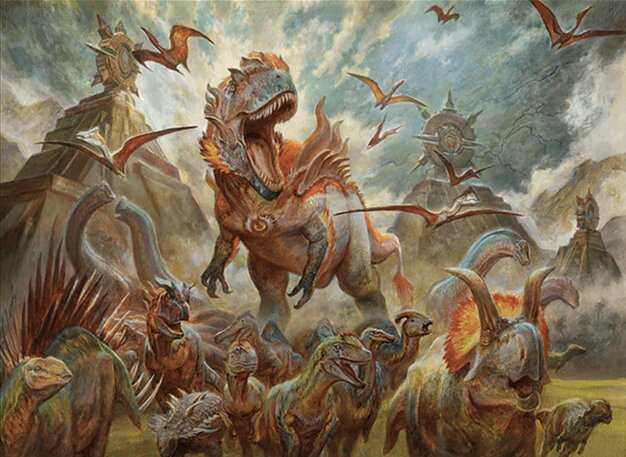
Gishath, Sun's Avatar
Ramp aggressively into large dinosaurs and use Gishath's ability to put dinosaur cards from the top of the deck onto the battlefield, overwhelming opponents with big creatures.
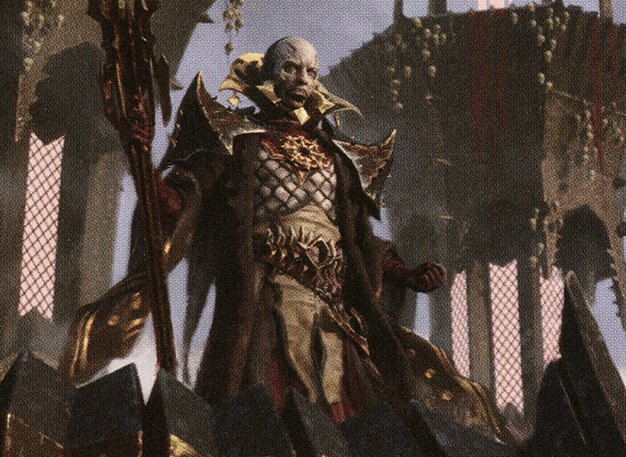
Nevinyrral, Urborg Tyrant
Aristocrat tribal focused on sacrificing creatures and generating value from death triggers, using tokens and land-based ramp to fuel powerful spells and board control.

Aurelia, the Warleader
Angel tribal deck that uses land tax and wheel effects to gain card advantage, and aims to dominate combat phases with aggressive angels and taxing effects.

Adeliz, the Cinder Wind
Wizard tribal deck that leverages casting multiple instants and sorceries to trigger Adeliz’s combat boosts and generate incremental advantage through spell synergy.
Gameplay Insights
- 1
The frequent rolling of blank faces on the planar die slowed down the game’s tempo, reducing the expected chaos and forcing players to rely more on their deck synergies than plane effects.
- 2
Pivotal counterspell usage on Aurelia, Exemplar of Justice, prevented an early aggressive angel presence, buying time for other players to establish board presence.
- 3
Forced sacrifices from the chaos plane rolls created tough decisions around resource management, with some players choosing to sacrifice mana rocks or tokens to preserve key permanents.
- 4
The use of wheel effects like Wheel of Fortune reset players’ hands mid-game, disrupting plans but also refreshing options, highlighting the importance of adaptability in multiplayer EDH matches.
Notable Cards
-
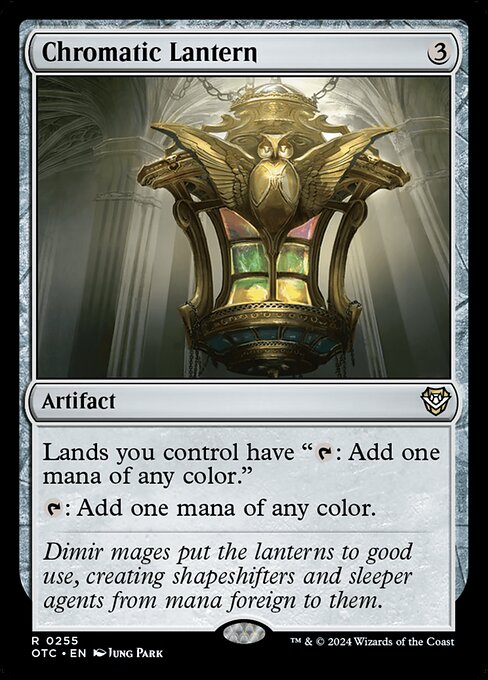
Chromatic Lantern
-

Arcane Signet
-
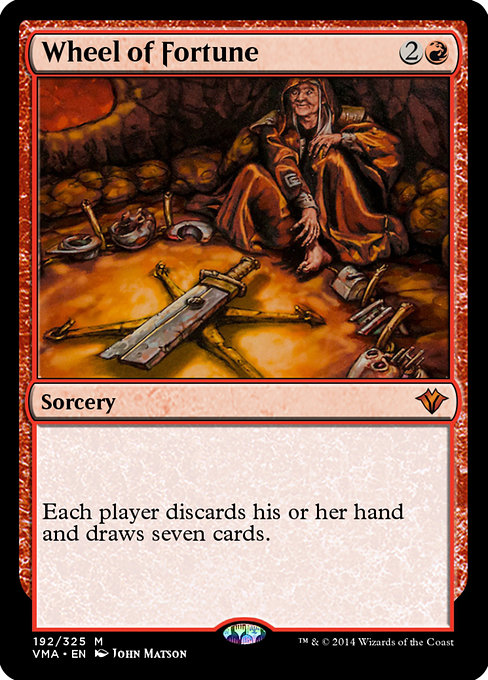
Wheel of Fortune
-
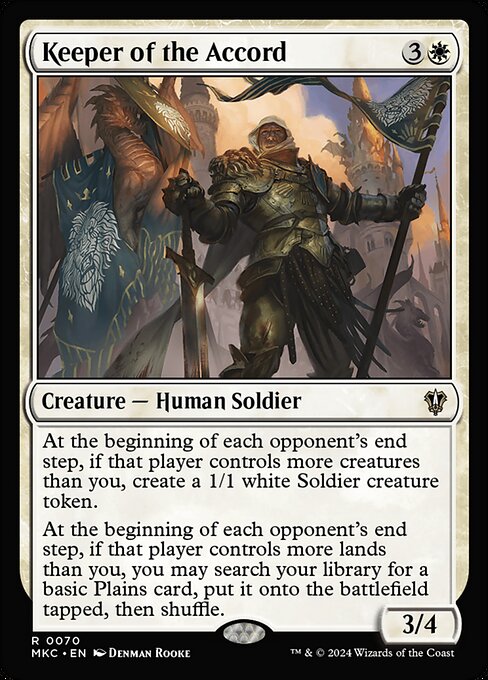
Keeper of the Accord
-
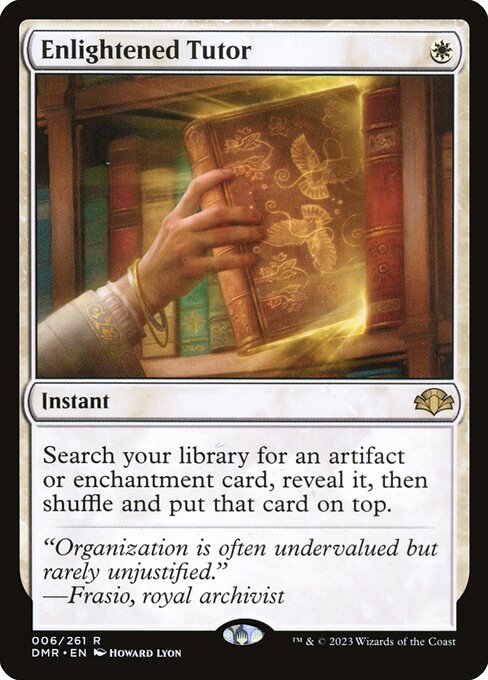
Enlightened Tutor
-
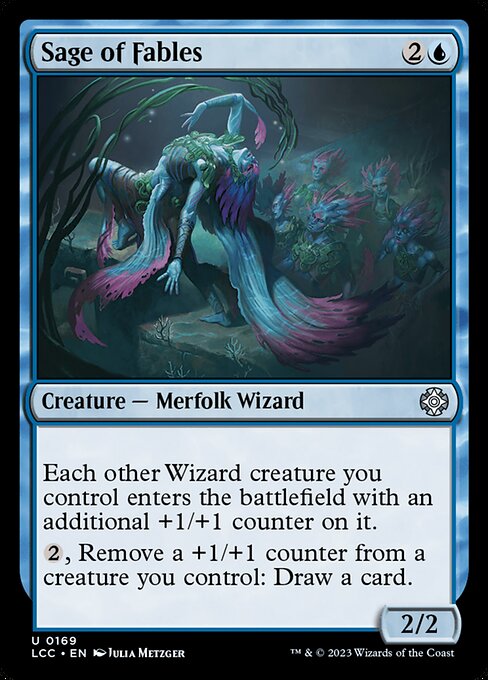
Sage of Fables
-
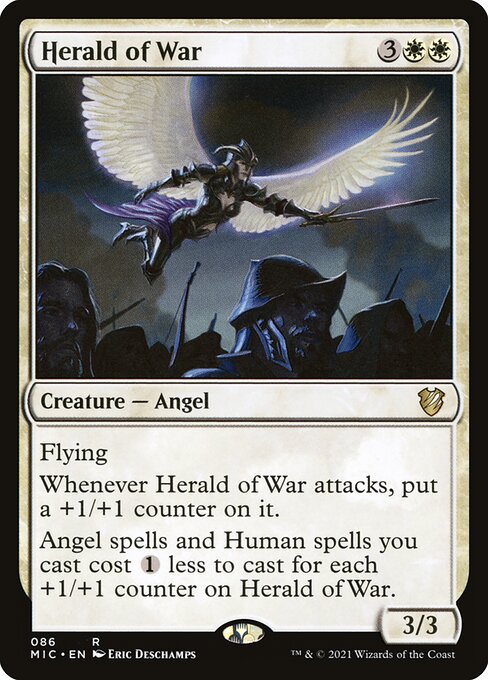
Herald of War
Gameplay Summary
The game began with four distinct decks vying for control in a multiplayer Commander match featuring the Planechase variant called the Eternities Map.
Early turns involved setting up mana bases and playing utility lands and mana rocks like Chromatic Lantern and Arcane Signet to accelerate ramp.
Notable early plays included the casting of Godzilla, King of the Monsters, which marked a key moment for the dinosaur tribal player, and the Aurelia player's attempt to deploy Aurelia, Exemplar of Justice, which was countered, slowing down their aggression.
The planar die rolls repeatedly resulted in blank faces, causing a slower-than-expected pace and limiting the impact of the chaotic Planechase effects for several turns. As the game progressed, players leveraged their commanders' tribal synergies: the dinosaur tribal deck focused on ramp and big threats, the aristocrat deck utilized creatures like Keeper of the Accord for land and token generation, and Aurelia's angel tribal deck sought to gain advantage through taxing effects and wheel effects like Wheel of Fortune that reshuffled hands and disrupted opponents.
The wizard tribal deck with Adeliz sought to capitalize on spell casting and triggers but struggled with the dice rolls.
Key turning points included multiple sacrifices forced by chaos plane rolls and the wheel effect that forced hand discards and new draws, disrupting players' plans.
The game featured careful resource management, counter spells, and strategic sacrifice decisions, with no immediate winner emerging by the mid-game segment shown.


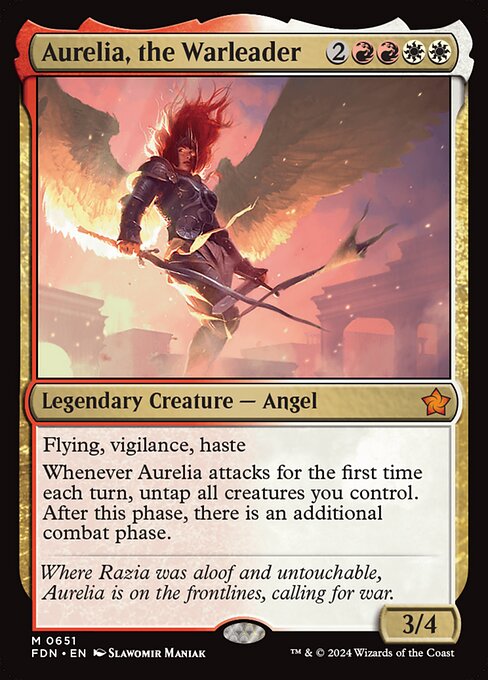

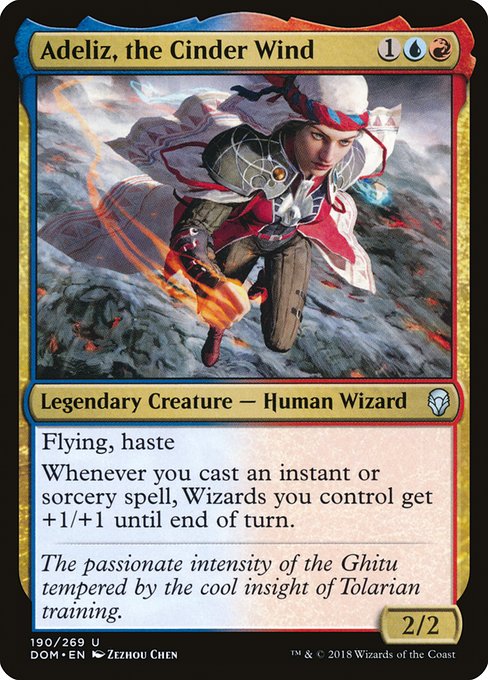






























![Commander VS S15E4: Darigaaz VS Najeela VS Teshar VS Adeliz [EDH] thumbnail](https://i.ytimg.com/vi/RMRB2SqU69A/sddefault.jpg)
![Commander VS S13E4: Selvala vs Rubinia vs Ravos vs Adeliz [EDH] thumbnail](https://i.ytimg.com/vi/hMy8HpS8usI/sddefault.jpg)
![Commander Adventures # 23 - Adeliz v. Athreos, Shroud Veiled v. Tuvasa v. Hallar [EDH GAMEPLAY] thumbnail](https://i.ytimg.com/vi/1jOwKaH8sno/sddefault.jpg)
![Adeliz Aggro vs. Anax RDW [Duel Commander-EDH] - Magic: The Gathering thumbnail](https://i.ytimg.com/vi/juV13wtWC5A/sddefault.jpg)



